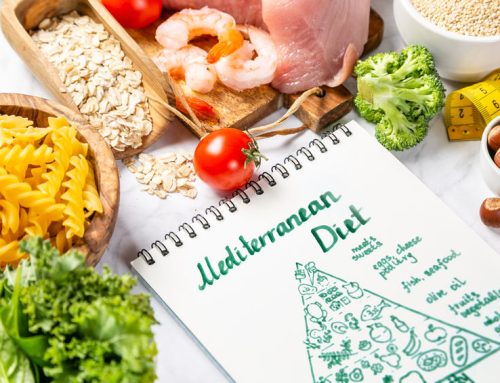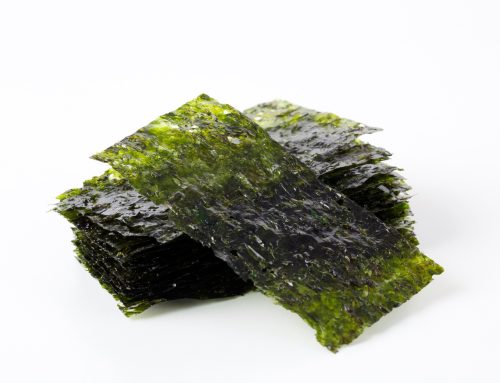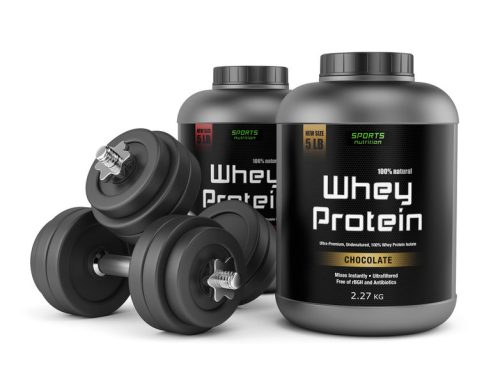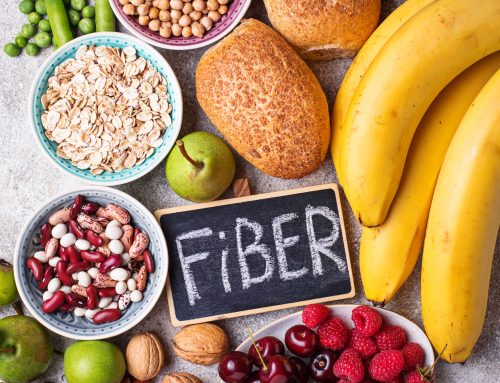Is canned food healthy? When you think of canned food, it may conjure up childhood images of unappetizing mushy vegetables, syrupy peaches, or soggy SpaghettiOs.
But canned food doesn’t have to be synonymous with bad-tasting, bad-for-you food. “Canned foods are an easy and affordable way to create any number of tasty and nutritious meals,” says Celine Beitchman, MS, director of nutrition at the Institute of Culinary Education in New York City.
Can’t always get to the grocery store? Don’t have great options for fresh produce year-round? Can’t afford to eat fresh fish every week? Keeping canned food on hand—including beans, fish, vegetables, and fruit—can solve all of those problems. And by the way, those shelf-stable items in pouches (tuna, salmon, chicken) and cartons (beans and soups) count as canned.
Is Canned Food Healthy?
The perception that nothing nutritious can come out of a can is still prevalent. But it’s not accurate. In fact, there’s some evidence that including canned foods in your diet can actually help you eat healthier. A 2015 study published in the journal Nutrients found that people who ate six or more canned foods per week had a higher intake of 17 essential nutrients—including potassium, calcium, and fiber (nutrients older adults often don’t get enough of)—than those who regularly consumed canned food less than twice per week.
Produce that’s destined for a can is generally picked and preserved at its peak of ripeness and canned within hours. That means the fruit and vegetables from the can aisles may be technically “fresher” than what’s in the produce section.
“Fresh produce may actually lose some of its nutritional benefits by the time we buy it in the store,” says Elizabeth DeRobertis, RD, director of the Nutrition Center at the Scarsdale Medical Group/White Plains Hospital. “Your food may be traveling thousands of miles and have been picked over a week before you purchase it.”
The heating and canning process does slightly decrease the amount of water-soluble vitamins such as B vitamins and vitamin C. But for all the minerals and other vitamins, sealing food in an airtight can helps preserve them, meaning that their nutrient content can remain the same for the shelf life of the can. “Canned food can sometimes even have more nutrients than its fresh counterpart,” DeRobertis says. Take canned tomatoes. “Canning increases the levels of the antioxidant lycopene,” she says. “A cup of fresh tomatoes has 4,630 micrograms of lycopene, but once they’re canned that amount increases to 6,100 micrograms.”
Other antioxidants, such as beta carotene, are also enhanced by the canning process. That means vegetables like carrots and pumpkins pack a more powerful antioxidant punch when they come from a can.
Caveats About Canned Food
Not all canned items are nutritionally equal, though. “The healthiest canned foods are those that contain the fewest ingredients,” says Whitney Linsenmeyer, RD, an assistant professor of nutrition and dietetics at Saint Louis University in Missouri and a spokesperson for the Academy of Nutrition and Dietetics. As with any packaged food, it’s important to read the labels before you buy.
“The biggest thing to be mindful of with canned food is sodium,” DeRobertis says. “Some canned soups can contain over 1,000 mg in a single serving.” Look for “reduced” or “less” sodium on the label, which means the food has at least 25 percent less sodium than the regular version. “Low-sodium” foods have 140 mg or less per serving.
Another option is to drain and rinse canned foods before using them. A test by Cook’s Illustrated (published by America’s Test Kitchen) found that with canned beans, draining and rinsing reduced their sodium by about 20 to 27 percent compared with the sodium levels of the beans in liquid.
With canned fruit, added sugars can be a concern. Fruit that’s in light or heavy syrup often contains high fructose corn syrup or other types of added sugars and can pack up to 14 grams per serving. Instead, look for fruit that’s packed in 100 percent fruit juice.
Canned Foods Save Time and Money
It’s hard to beat cans when it comes to convenience, shelf life, price, and accessibility. “Even small grocery and convenience stores usually carry canned staples like tuna and beans,” Linsenmeyer says. “The convenience of canned foods also extends to meal prep. Most are already chopped and ready to eat.”
Canned foods can often be less expensive as the same foods in fresh form. And one of the best ways they save you money is by helping you avoid food waste, especially if you’re cooking just for one or two. “Once opened, most canned foods will stay fine in the fridge for up to three to five days,” Linsenmeyer says. (Put leftovers in a covered container.) Unopened cans in the pantry remain safe to eat for years, even indefinitely, according to the USDA. The date you see on the bottom of a can is its “use by” or “best by” date. That refers to when the food will taste best, but it won’t be unsafe to eat past that date. A damaged can is another story. “If the can has any bulging or damage to the seal, toss it,” Linsenmeyer says. “It could harbor the foodborne bacteria that causes botulism.”
Uses for Canned Food
Canned beans:
“I throw them into anything I want to add some protein to,” Beitchman says. She adds canned beans to soups (even premade versions) and on salads, mashes and spreads them on quesadillas, or purées them into a dip. You can also spread chickpeas (or any other kind of bean) on a cookie sheet, toss them with olive oil and spices, and crisp them in a hot oven. “They make a great crunchy snack, or use them in place of croutons on a salad,” Beitchman says.
Canned fruit:
Sure, you can spoon it over plain yogurt or vanilla ice cream, but there are other uses for it, too. Try canned peaches (drain the juice) mixed with canned chili peppers, some onion, salt, and lemon juice for a peach salsa as a topping for grilled salmon.
Canned fish or chicken:
Mix tuna, salmon, or chicken with some cooked potatoes, veggies (like shredded carrots), a lightly beaten egg, breadcrumbs, and seasoning, then form into patties and sear. “One can of fish or chicken can make up to four patties,” Beitchman says. “Serve them over a salad or on a bun like a burger.”
Canned sardines are a good option, too. These tiny fish are nutritional powerhouses, and if you buy them packed without skin and bones, Beitchman promises they won’t taste too fishy. She serves them on a toasted whole-grain baguette topped with a drizzle of olive oil, arugula, capers or chopped green olives, and a squeeze of lemon.
Canned vegetables:
The biggest complaint about canned veggies is that their texture can be soggy or mushy. To prevent that, Beitchman recommends draining them in a colander, then laying them out and patting them dry. Then quickly sauté them in a hot skillet with a little olive oil and seasonings. She also suggests mixing them (without cooking) into a simple batter to make savory dinner pancakes, or adding them to eggs for a veggie omelet. Or combine a can of corn, a can of black beans, and a can of diced tomatoes with fresh or dried basil, a little salt and pepper, and oil and vinegar for a side dish or to toss into a salad.
Canned tomatoes:
Use whole, peeled canned tomatoes to make a quick soup by puréeing them with some light cream or coconut milk and a curry spice blend.
Click here to read more about is canned food healthy.







